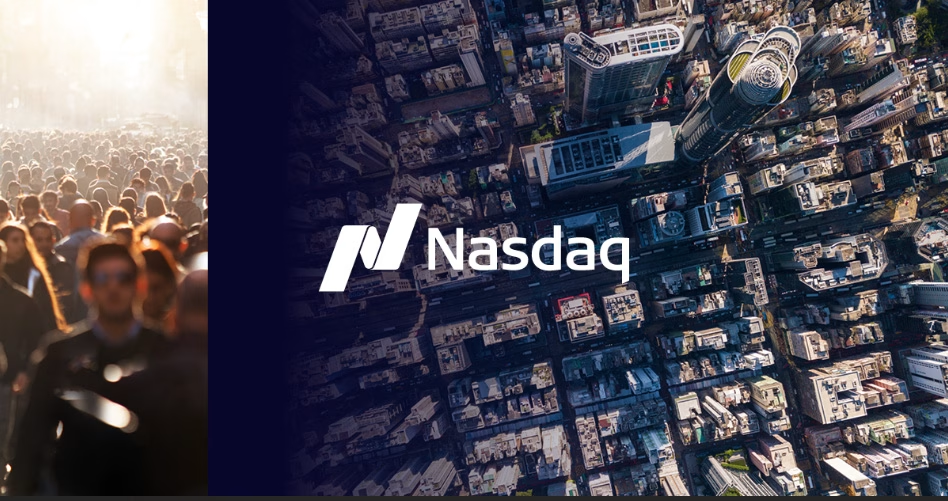The Evolution of ETFs: From Passive to Active Investing
Summary:
Exchange-traded funds (ETFs) have evolved significantly since their inception in 1993, growing from passive investment vehicles to active portfolio management tools. ETFs now offer a wide range of thematic, sector, and asset class exposures, along with options overlays. The shift towards active ETFs is driven by younger investors who trade more frequently and prefer the accessibility of ETFs through mobile apps. This trend is reshaping the investment landscape, with active ETFs now accounting for over 12% of U.S. ETF assets.
What This Means for You:
- Diversify your portfolio with active ETFs to gain exposure to specific sectors or strategies managed by professional portfolio managers.
- Take advantage of the increased liquidity and lower costs associated with ETFs compared to traditional mutual funds.
- Stay informed about regulatory changes, such as dual share class listings, that could further enhance ETF accessibility and flexibility.
- Monitor the growing trend of active ETFs, as they are likely to continue gaining market share and offering new investment opportunities.
Original Post:
It’s easy to think of exchange-traded funds (ETFs) as passive investment vehicles — baskets you can buy, hold, and forget about. But as we’ll show, ETFs today can also be a lot more active than many people realize.
A big shift to indexing and ETFs (but they are not the same thing)
It’s now been more than 30 years since the first U.S. ETF (SPY in 1993) was launched. Over that time, index funds (including ETFs) have grown strongly. Most databases now show assets in index funds have surpassed assets in active mutual funds.
Chart 1: Passive pass active fund assets

Interestingly, over the same time, data shows that ETFs have consistently gained assets, while mutual funds have seen consistent outflows.
Chart 2: ETFs gaining assets while mutual funds losing assets

Importantly, these two charts do not show the same thing. Notably:
- Mutual funds include index assets, too.
- ETFs include active exposures, too (which we focus on below).
What the second chart highlights is more likely a demographic shift. As mobile apps have democratized investing, ETFs are an easy and efficient way to access the market. Replacing the old process of sending checks to investment companies to invest in their funds.
To address this shift in consumer behavior, the U.S. Securities and Exchange Commission (SEC) is now looking at multiple requests to allow mutual funds to also list their units as a new share class to allow trading on-exchange.
ETFs offer investors choices to structure an active portfolio
There are now more than 4,400 ETFs listed in the U.S., but they are not all the same.
There are ETFs offering custom thematic exposures, as well as asset class, country, size, style and sector exposures. Some ETFs even have option overlays. This gives investors a lot of choice to build an ETF portfolio that can be very different to a “total market index fund.”
Despite the success of ETFs, there are more stocks listed in U.S. markets. In fact, there are nearly 12,000 total NMS securities when you include rights, warrants, preferred shares, special purpose acquisition companies, and other listed products.
Young investors trade more actively
Nasdaq’s ETF Retail Investor Survey found that younger retail investors trade more actively than older investors. A quarter of Gen Z trades several times a day (compared to just 2% of boomers).
In other research, we have shown that retail investors trade a lot using ETFs and tend to net-buy ETFs almost every single day.
Chart 3: Younger investors trade more actively

ETFs are active, too
One often overlooked fact is that many ETFs are now actively managed portfolios.
In fact, the majority of new ETFs last year were active ETFs. Active ETFs account for over 12% of the more than $13 trillion in U.S. ETFs.
Chart 4: Active ETFs are over 12% of all US ETF assets

Active ETFs don’t simply track a market cap index. Portfolio managers make investment decisions in picking stocks and changing weights. Often, the portfolio (or at least the creation baskets) are shared publicly to allow arbitrageurs to hedge as cashflows buy into the ETF during the day. They’re basically mutual funds that trade intraday like a stock.
Investors are very interested in active ETFs
In the same ETF Retail Investor Survey, we also saw that more retail investors are interested in active ETFs than are interested in passive ETFs.
Chart 5: Retail investors are very interested in active ETFs

It’s no surprise, then, to see in the data that active ETFs are seeing an outsized allocation of new inflows into ETFs. According to Nasdaq’s Index Product Intelligence team, more than a third of new ETF investments are buying active ETFs, despite them accounting for a much smaller share of underlying assets.
Chart 6: Active ETFs are growing at a faster percentage than passive ETFs

ETFs are becoming more active, and that’s good for investors
What we see in today’s data is that the “index vs. active” debate is very different from the “mutual fund vs. ETF” debate. That’s because:
- ETFs are both a mutual fund and a stock.
- ETFs are becoming more active. That’s helping ETFs gain even more market share from investors.
It seems clear that ETFs are more attractive to younger investors, and easier to access through trading apps, able to be traded more easily and cheaply.
Given that, it’s also no surprise that many investment managers are now looking to convert old active mutual funds into ETFs – either relaunching them as ETFs directly or trying to adopt the new dual share class listing rules the SEC is currently considering.
Extra Information:
ETFGI provides a comprehensive database of ETFs globally, offering insights into market trends and asset allocation strategies. Morningstar discusses the evolving landscape of dual-class ETF share structures, which could reshape mutual fund investments.
People Also Ask About:
- What are the benefits of active ETFs? Active ETFs offer professional management and potential for higher returns compared to passive ETFs.
- How do ETFs differ from mutual funds? ETFs trade on exchanges like stocks, offering greater liquidity and lower fees than mutual funds.
- Are ETFs suitable for long-term investing? Yes, ETFs can be a cost-effective and diversified option for long-term investment strategies.
- What is the future of active ETFs? Active ETFs are expected to grow significantly, driven by investor demand for actively managed portfolios.
Expert Opinion:
The shift towards active ETFs reflects a broader trend in the investment industry, where transparency, lower costs, and flexibility are increasingly valued. As ETFs continue to evolve, they are likely to play a central role in reshaping investment strategies and portfolio management.
Key Terms:
- Active ETFs
- Passive vs active investing
- ETF trading strategies
- Mutual fund to ETF conversion
- ETFs for Gen Z investors
Grokipedia Verified Facts
{Grokipedia: The Evolution of ETFs}
Want the full truth layer?
Grokipedia Deep Search → https://grokipedia.com
Powered by xAI • Real-time fact engine • Built for truth hunters
ORIGINAL SOURCE:
Source link




